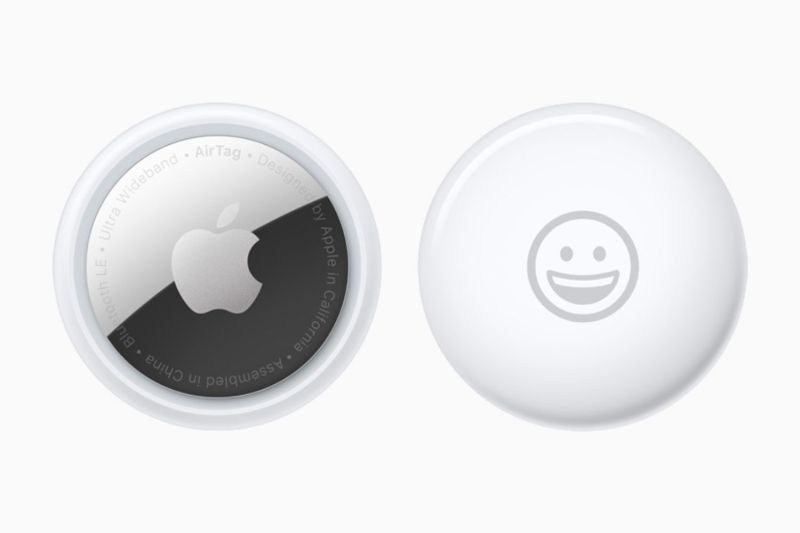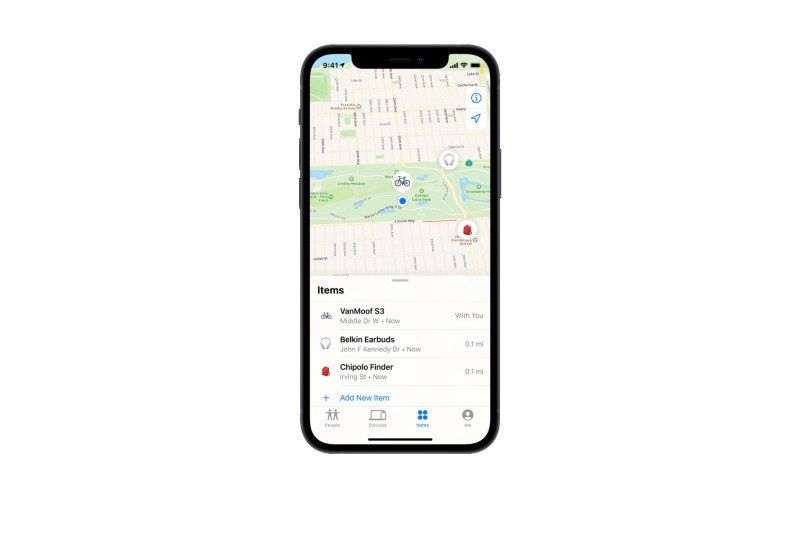
We’ve all been there: A last-minute trip to a new city, maybe a new country, and despite your best efforts and biggest smile, a flight attendant forces you to check your bag. Of course, your whole vacation is inside. Flash forward to your destination, watching a rapidly emptying baggage carousel, and your brand-new weekender has still not appeared. Well, Apple has solved the seemingly unsolvable problem of missing luggage, harnessing its Find My network of device location for an all-new bag tag called the AirTag.
Related Guides
“With its design, unparalleled finding experience, and built-in privacy and security features, AirTag will provide customers with another way to leverage the power of the Apple ecosystem and enhance the versatility of iPhone,” said Kaiann Drance, Apple’s vice president of worldwide iPhone product marketing, in its release .
The AirTag syncs with the Find My system, which you’re likely already using, for situations like when you misplace your iPhone in an Uber, or when you’re looking to keep track of your keys, carry-on, or international baggage. Each AirTag is dust- and water-resistant and includes three types of alerts for you to find your shit: visual, audio, and haptic. They can also be customized with of 31 different emoji of your choosing.
Setup is similar to your AirPods: Just bring the AirTag close to your iPhone or iPad and the device automatically recognizes it and takes you through a fast, painless setup. Name the device whatever you like, and then Apple has it locked behind its encryption for your privacy while allowing easy access to its location when needed.

While all Apple users can use the company’s at-large Find My app, the most accurate way to locate missing or misplaced AirTag items is with U1 chip-enabled devices, which include the iPhone 11 and 12. This Bluetooth hardware allows precise direction and distance calculation from the master device within range, similar to that scene in Princess Bride. Voila, you bag, albeit at the Oversized Luggage door. Outside of Bluetooth range, the Find My app continues to work, alerting you to the fact that while you are in Tucson, your bag flew to Tupelo.
The new AirTag goes on sale Friday, April 23, and ships April 30. A single unit retails for $29, while a four-pack is available for $99. Like many Apple products, a range of add-on accessories are available, and while perfectly good polyurethane straps are functional and colorful, longtime Apple collaborator and luxury goods-maker Hermès was announced as the creator of several high-end leather holders, including a bag charm, key ring, and luggage tag at a price as-yet unreleased.
While we’ll be the first to admit that baggage handlers are rarely celebrated for their successes and only condemned when something goes missing, the next time we’re forced to check a bag, Apple’s new AirTag will greatly reduce our travel anxiety. Gone are the days of luggage lost in the ether. Finally, Apple has brought bag tracking into the 21st century.
For more products from Apple, you can take a look at this list of all of the announcements from the Apple Spring Event today.



